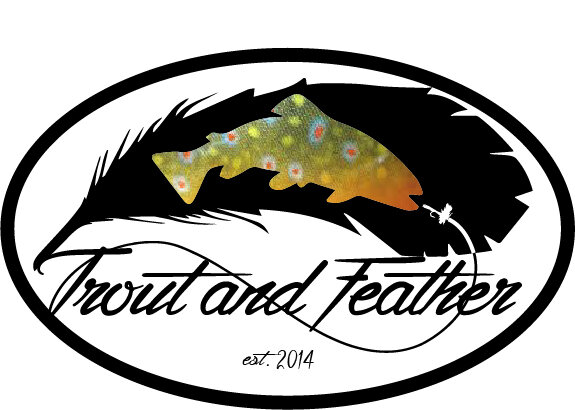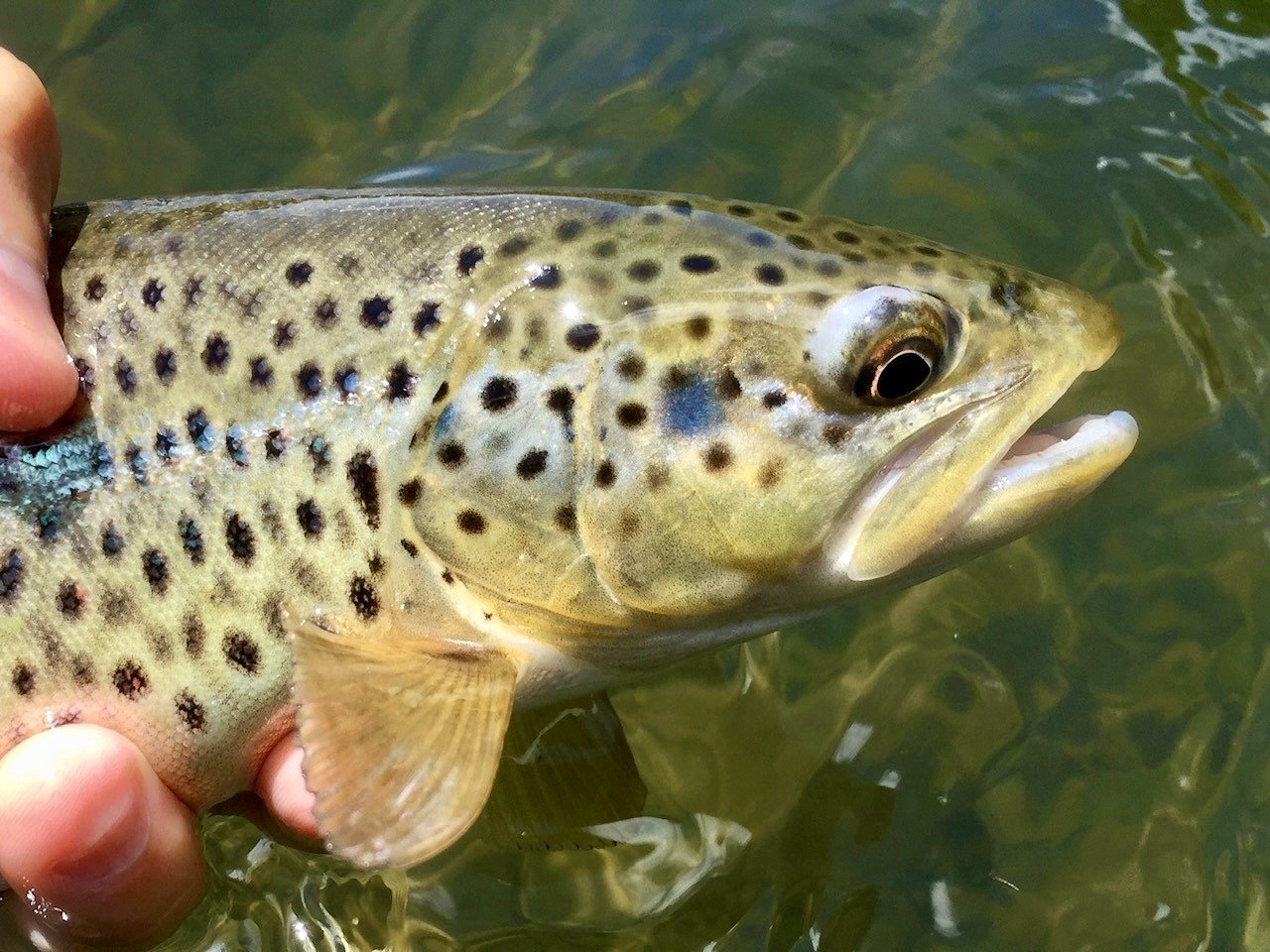You can’t feel your fingers. Your breath is fogging up your sunglasses. Your waders are just a little bit frozen. Obviously, it is the perfect time to tie on a dry fly… in the size 22-28 range.
Even when bigger bugs aren’t fluttering around the stream, smaller insects are probably hatching. In long runs, glassy pools, and off-current eddies, trout of all sizes will orient themselves upwards. A midday sun or even precipitation can trigger insect activity.
“However,” you may object, “the flies are really tiny.”
True. But the fish don’t seem to mind. If you’re looking to take trout off the surface in January and February, midges are probably your only option.
If you haven’t committed to making midges part of your winter angling repertoire, here are three things that will hopefully encourage you to do so:
Casting
Fishing midges reveals how dependent upon the weight of the fly you are to execute a successful cast. Hard to believe as it may be, even a size 16 dry fly has enough weight and wind resistance at the end of a delicate tippet to influence a cast. It isn’t infrequent that anglers become dependent upon that force-assist to turn over short to medium casts.
The Griffith’s Gnat is a classic dry fly that checks off two major boxes: Easy to tie and fish like it! In this video, you’ll learn a way to make your pattern hi-vis and easier to see on the water.
A technically solid cast will unroll into a delicate presentation, regardless of the size and weight of the fly. Midges require accuracy and a delicate touch. Nothing natural that corresponds to a size 24 fly will splat. And any fish looking up discerningly at tiny bugs will scoff at a pile of even the most narrow tippet material. Casting always matters. But dialing in your cast really matters when fishing midges.
Gear
Having the right rod and line certainly can help set your cast up for success. That isn’t to say that you can’t successfully fish midges with any terminal tackle. Softer rod tips matched with correct grain weights strike the balance needed for casting with touch and tippet protection.
This classic book is loaded with nuggets of information. You can easily find used copies of this book on the market, starting: HERE
Gossamer tippets, perhaps even more than minuscule flies, draw the ire of fly fishers. Modern 6X and 7X isn’t going to snap from just looking at it. Often, if the diameter will fit through the eye of the hook, that tippet will work just fine. More important is a long enough span to facilitate a natural drift. You’re better off with a five-foot section of thicker tippet over 18 inches of finer material.
Also, there’s no shame in “cheater” gear. If magnifiers and threader boxes help you, use them.
Tying
Because of their diminutive size, dry midges aren’t especially complicated. Generally speaking, if you can tie a typical mayfly you have all the skills needed to tie midges. Of course, everything is much smaller. This may necessitate training up your fingers. A good, effective pattern to practice on is the Griffith’s Gnat. It is simple, versatile, and effective. But tying it means figuring out how to size tiny hackles accurately, finish small thread wrapped heads, and just learn how to orient your fingers on little hooks.
----
There are a lot of great midge resources out there. One great treatment is the 50-year-old Fishing the Midge, by Ed Koch.
Fish will absolutely be eating them, even in the coldest weather. As with anything, the best way to improve casting, tying, and fishing midges is to practice casting, tying, and fishing midges.
—-
Matthew Lourdeau of “Casting Across” brings a fresh perspective to the world of fly fishing. Read more of his work here: Casting Across


